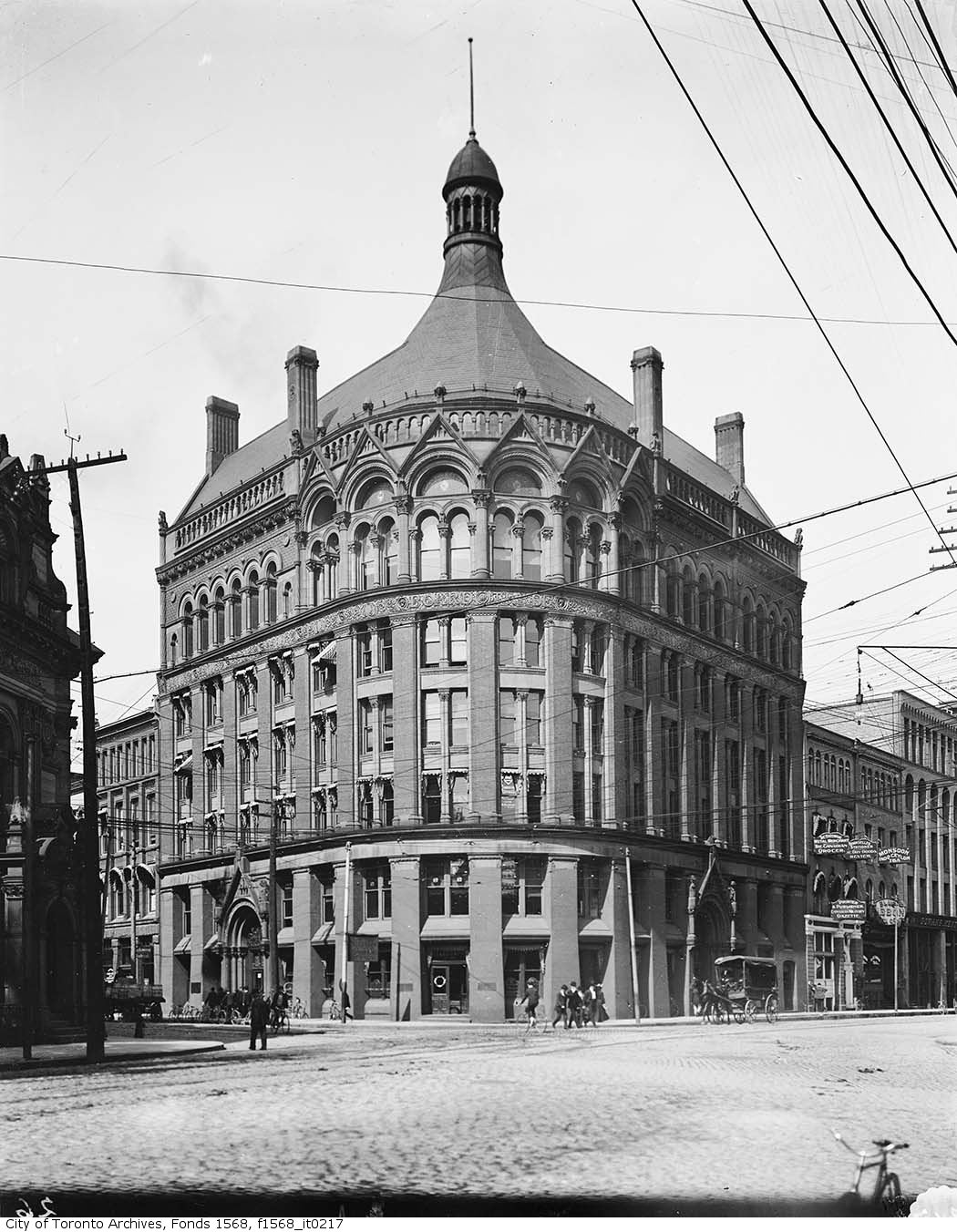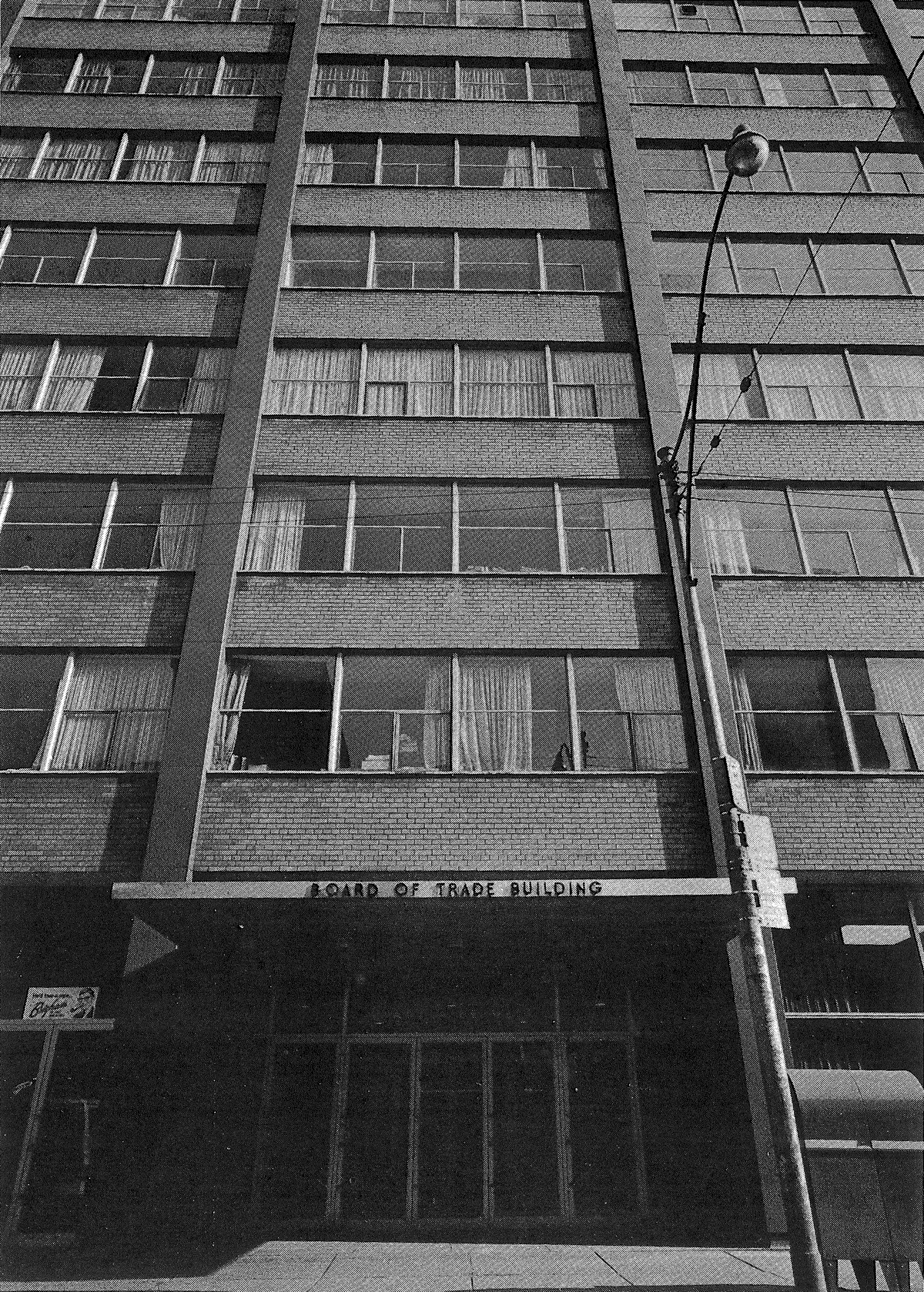Ahead of our Annual Lunch on June 13, the Board is highlighting its history of influence while remaining focused on tomorrow’s success. In a series of posts, we are delving into the Board’s rich history of aiding our members career and business growth, building the city region in which they work, and fostering the business conditions in which they succeed.
While the Board’s name has reflected the growth and change of the city, the Board offices have historically reflected the heart of downtown Toronto. Continuing to this day with the recent opening of our new offices, meeting spaces and event venue at 100 Queen’s Quay East, the Board's main locations have been in iconic buildings that became hubs of activity connecting members with each other, centered in iconic buildings.

The Board’s first signature location was located on the northeast corner of Yonge and Front where more than 9300 square feet of frontage was purchased for just under $70,000 in 1887. For the first time in Toronto, steel beams were used in a tower construction as nearly 1500 were used to support the seven-story structure that opened in 1890. The building served the Board and our members for 24 years, but it was only one of many Toronto landmarks that served as the Board’s home. The King Edward Hotel, the Board of Trade Building at 11 Adelaide Street West, and First Canadian Place also served as signature locations.

At 100 Queens Quay East, we wanted our new home to reflect the future of Toronto – what Toronto could be. It had to represent the innovation, sustainability and intelligent design required to build a livable city, that attracts skilled workers, and powers a productive economy. Naturally, that led us back to the Waterfront.
Over the generations, several satellite locations around the city were used to enhance member value. The variety of amenities – including restaurants, lounges, and even curling, spanned eras and served as a convening point for businesspeople to expand their network. The offerings have changed with the interests and needs of new generations of businesspeople.


